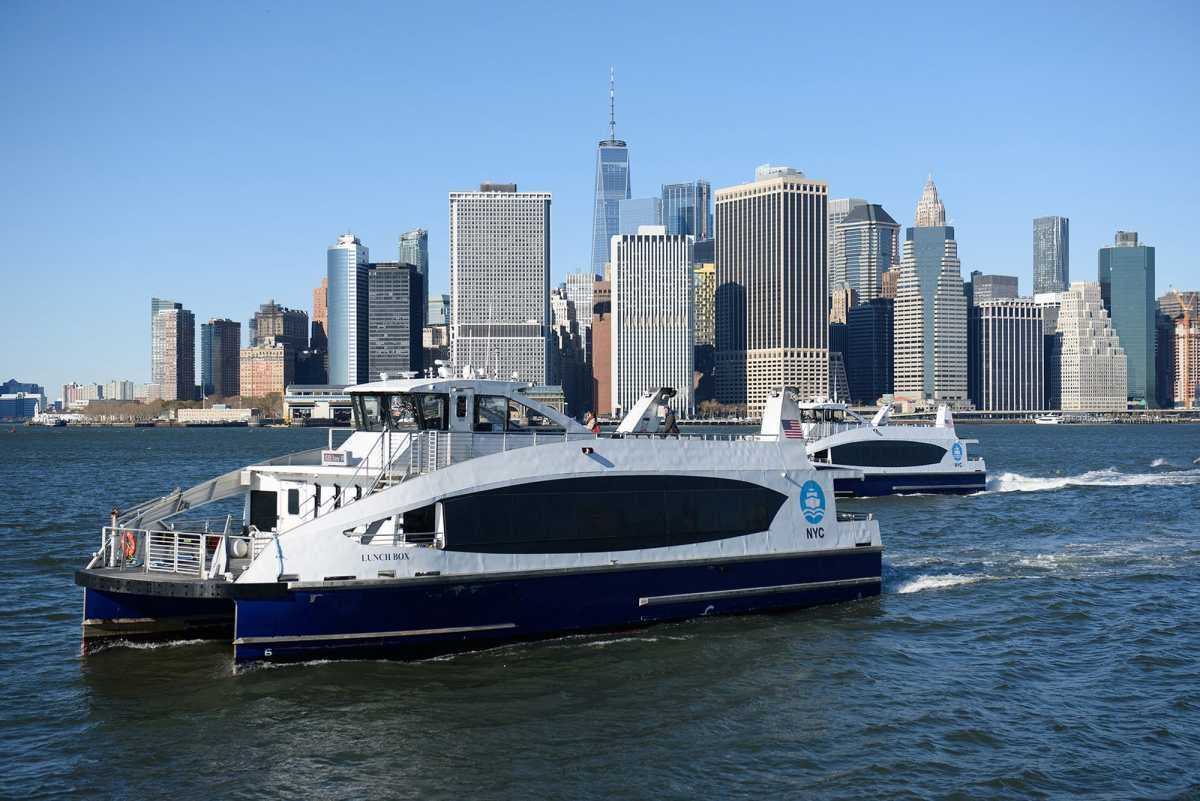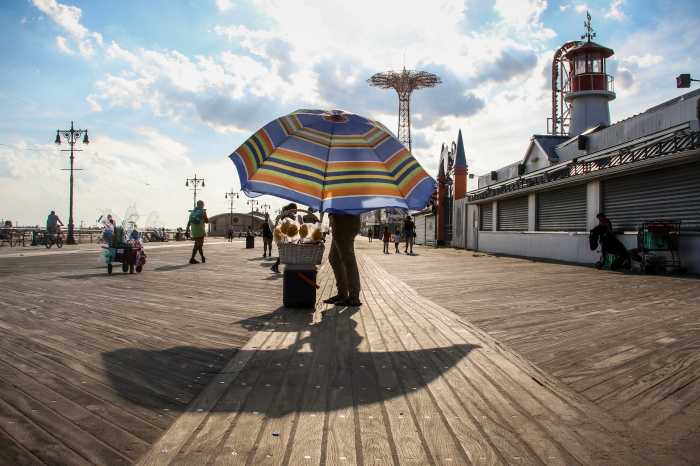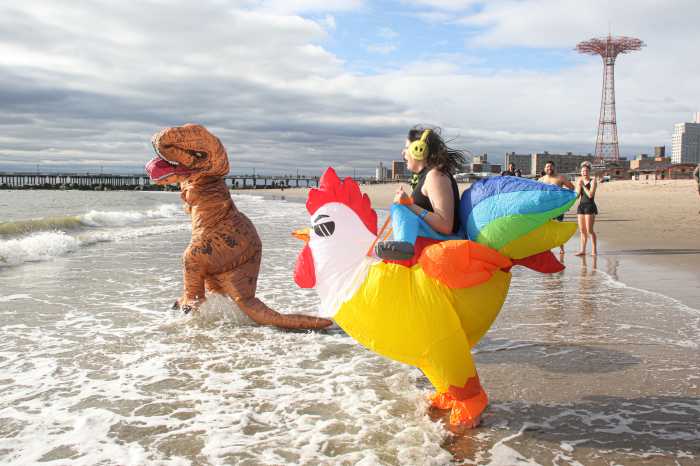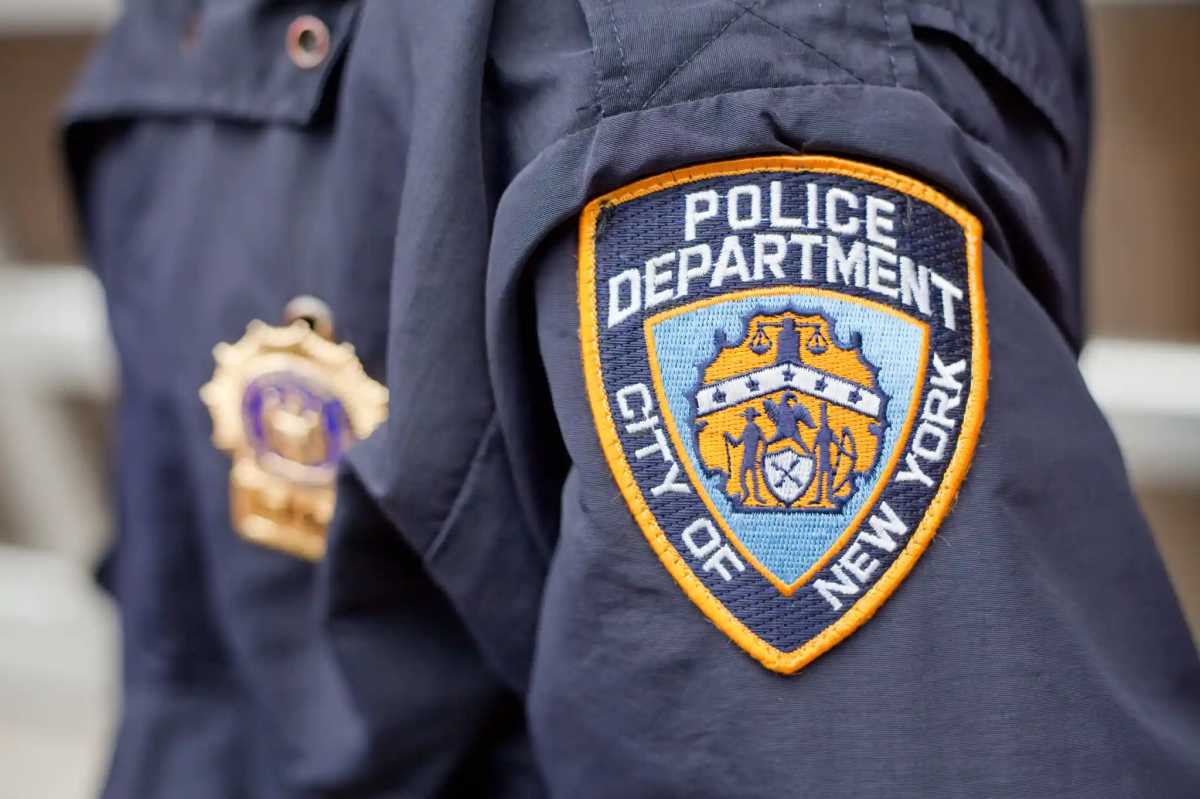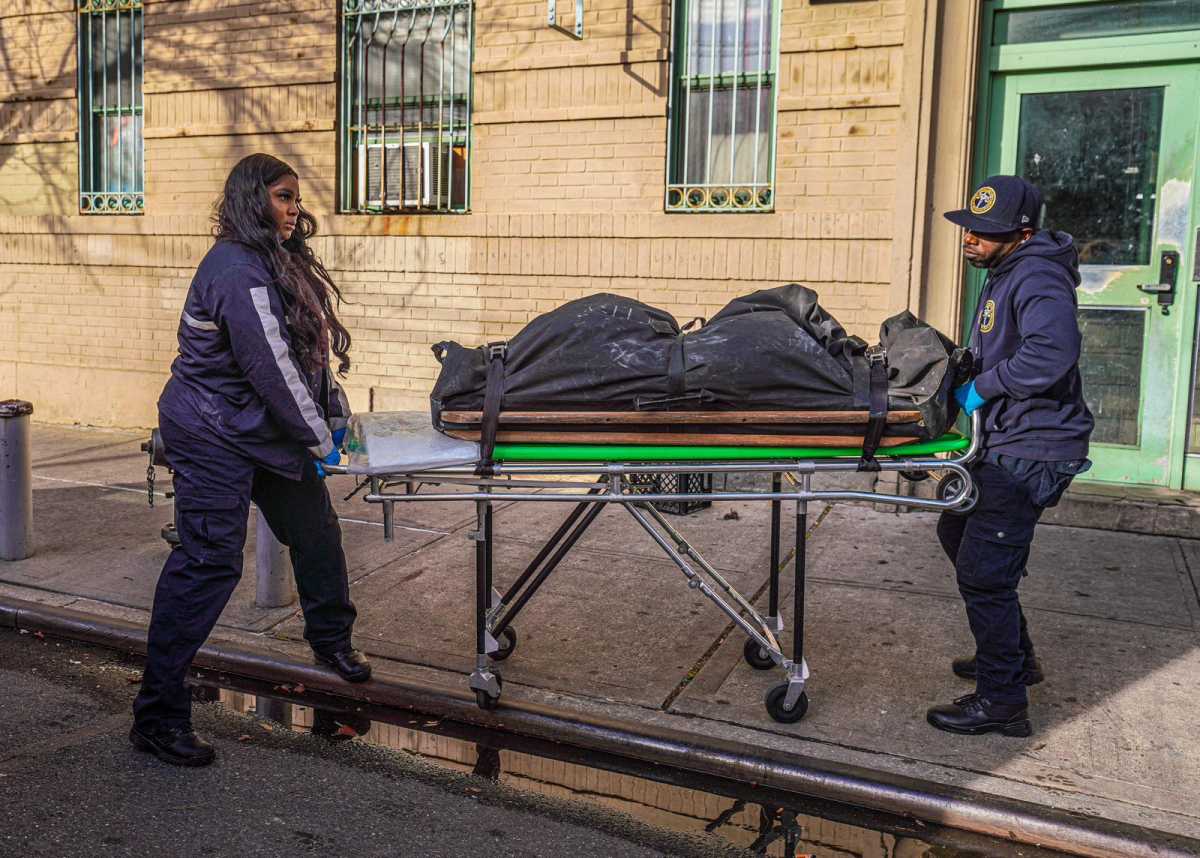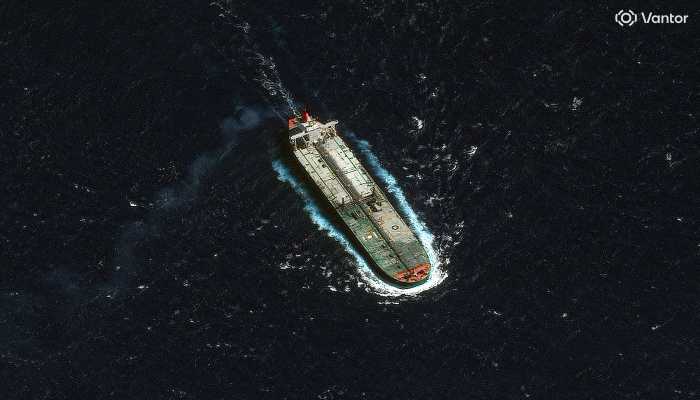After years of stalled plans and scrapped projects, the Coney Island ferry effort is moving forward once again — this time with a research buoy off Steeplechase Pier. The buoy will collect vital data on wind and wave conditions, and is part of an effort to determine whether ferry service to Coney Island can finally become attainable.
On social media, Council Member Justin Brannan said the data collected “will assist in evaluating the feasibility of ferry service for different or larger vessels better suited for these conditions, as well as whether alternate wave mitigation structures could make ferry service to Coney Island Beach more financially achievable.”
Brannan, who has long championed the ferry project, credited collaboration with State Senator Jessica Scarcella-Spanton, writing, “Shout-out to my colleague and partner on all things Coney Island Ferry [Scarcella-Spanton] for working on this with me. Let’s go!!!”
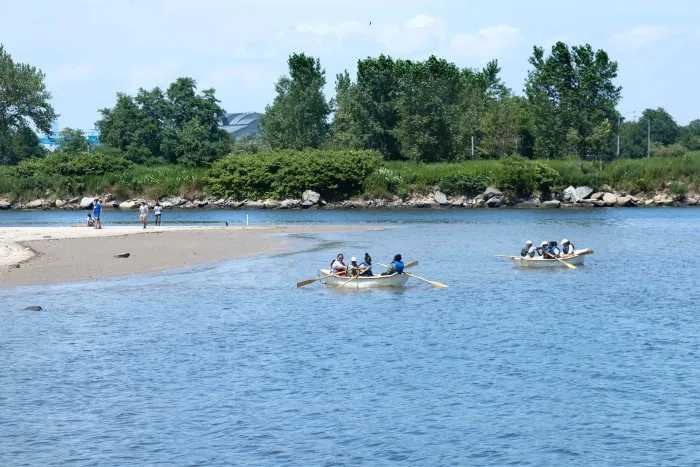
The placement of the buoy, coordinated by the New York City Economic Development Corporation marks a crucial step in assessing how to safely and sustainably operate a ferry route that has faced hurdles for years.
In 2021, NYCEDC built a ferry landing at Coney Island Creek and began dredging the creek to make way for a ferry route. But the project was halted the following year due to safety and navigational issues and local opposition. Many locals feared that dredging the toxic creek would negatively impact local marine life and the health of locals, and the state eventually fined EDC and its contractors for improper dredging practices.
With the Coney Island Creek off the table, EDC in 2022 fast-tracked a feasibility study for an oceanside ferry to Coney Island. Months later, the agency abandoned that route, too, after finding that building an oceanside ferry landing would be extremely costly and logistically challenging. A ferry landing on the beach near Steeplechase Pier, engineers said at the time, would have needed a long barrier to prevent ocean waves from damaging the landing. Construction would likely have run from $200 to $250 million, 40 times more than the cost of the average ferry landing.
But locals kept advocating for a ferry, saying it was much-needed for the transit-starved coastal nabe.
Last year, Brannan introduced a bill that would “require city agencies to conduct a study on a potential ferry service” in the neighborhood. The legislation aims to move the conversation from concept to concrete planning.
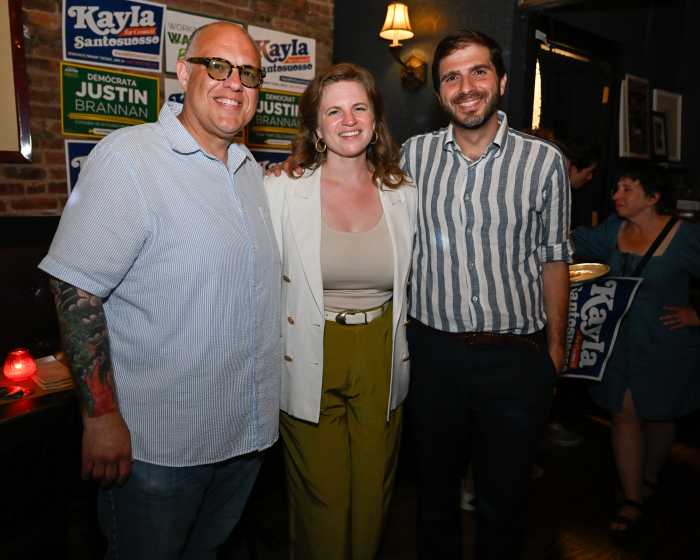
Under the bill, Department of Transportation Commissioner Ydanis Rodriguez would be responsible for submitting the study’s findings to the mayor and City Council speaker within one year of the law’s enactment. The bill was referred to the Council’s Committee on Transportation last September and has not yet been voted on.
Brannan, who is not seeking reelection, referred questions about the project to his chief counsel, Kayla Santosuosso, who is running to succeed him in the City Council and has his endorsement. Santosuosso said the buoy is more than a research tool, but a sign of tangible progress.
“Council Member Brannan promised to make the Steeplechase Pier Coney Island Ferry happen and this is another major step toward turning vision into reality,” she said. This new buoy is a symbol of progress as we move steadily forward to bring fast, reliable ferry service to Coney Island — making life better for residents, workers and visitors alike.”


